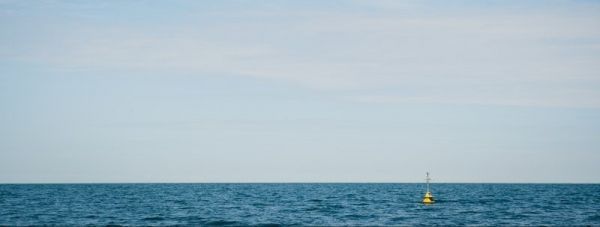As hurricanes grow in power as the climate changes, accurately modeling the interactions between the atmosphere and the ocean grows increasingly important to prepare people to batten down or to evacuate. The many mechanisms of the atmosphere-ocean system — known as air-sea flux — make modeling extremely complicated, however.
Qi Shi, a postdoctoral researcher in the Great Lakes Research Center at Michigan Technological University, has created the first detailed analysis of ocean and atmospheric responses to currents, waves and wind. In the article “Coupling Ocean Currents and Waves with Wind Stress over the Gulf Stream” published in Remote Sensing this summer, Shi argues that current numerical models simply don’t account for the impact of waves, currents and wind coupled together. This coupling is crucial because without it, models do not accurately represent marine atmospheric boundary layer processes.
“We quantified the impact of this coupling to improve the accuracy of air-sea fluxes, because without modeling currents, there is a constant bias in models,” Shi said. “What causes that bias? Missing the full spectrum of feedback mechanisms.”
Simply put: Better modeling gives weather forecasters and climate scientists a more accurate picture of what happens where atmosphere and ocean meet.
Part of what makes modeling air-sea flux so complicated are the sheer number of feedback mechanisms in the system: To model waves, one must account for surface roughness and wind; to model sea surface temperature, one must account for air-sea temperature differences, water vapor, humidity, evaporation and more. Modeling wind and surface currents are equally complex.
Continue reading at Michigan Tech University
Image via Michigan Tech University


